Drowsy Driving Might Be a Bigger Problem Than Previously Thought

Back in 2014, an American Automobile Association study estimated that tired motorists were responsible for around 328,000 accidents annually — 6,400 of which were fatal. However, unlike drunk driving, there’s no sound metric for assessing the true scope of the problem. Getting tired is something that just sort of happens. People don’t stay out all night not sleeping because it’s fun, the police can’t test for it, and almost nobody is going to say they were dozing off behind the wheel in an accident report — either because they are too embarrassed or stopped feeling tired at the moment of their brush with death.
That makes the issue a bit of a phantom menace. We all know it’s a problem, but the frequency remains debatable. Fortunately, a new study released by AAA this week helps clear things up. Researchers affixed dashboard cameras to 3,593 vehicles in order to monitor the drivers’ faces, then used a PERCLOS-based fatigue monitoring strategy to come to the conclusion that drowsiness is a contributing factor in 10.6 to 10.8 percent of all accidents resulting in significant property damage, airbag deployment, or injury.
Considering that the sample group knew they were being monitored and likely aimed to be on their best behavior, that’s a substantial number. Earlier estimates surmised that as much as 20 percent of all vehicular deaths could be attributed to drowsiness, but lacked case studies to back the claim.
But, in the new study, drivers who qualified as “drowsy” had to exhibit clear signs of tiredness during the final three minutes of video preceding each crash. That translates into closed eyelids in at least 12 percent of the recorded footage leading up to the accident.
Also alarming is the number of times the test sample members became involved in on-road incidents.
The participants were part of the federally funded Second Strategic Highway Research Program Naturalistic Driving Study, which collected general data in the hopes of improving highway safety, minimizing congestion, and solving infrastructure issues. The study recorded 905 severe, moderate, and minor crashes between October 2010 and December 2013. While “minor crashes” didn’t always involve damage to the vehicle, they did include things like flying off the road or unintended contact with another object. Another 628 incidents occurred but were not counted as part of the AAA’s drowsiness research. Those included things like clipping curb with ones tires and low-speed parking mishaps.
The final tally put tired drivers behind the wheel of 8.8 to 9.5 percent of all crashes and 10.6 to 10.8 percent of crashes of any accident categorized as moderate to severe. That number could be higher too, as AAA negated any incidents where the driver’s face was not clearly visible (due to poor lighting, sunglasses, camera issues, etc) for at least 75 percent of the time.
That doesn’t mesh with research from the National Highway Traffic Safety Administration published three years ago, which attributed 2.5 percent of all fatal crashes to fatigued driving. Safety experts have long regarded such statistics, derived primarily from police reports based on post-crash investigations, as a gross underestimation of the problem’s scope.
“Drowsy driving is a bigger traffic safety issue than federal estimates show,” said Dr. David Yang, executive director for the AAA Foundation for Traffic Safety. “Drivers who don’t get enough sleep are putting everyone on the road at risk. By conducting an in-depth analysis using video of everyday drivers, we can now better assess if a driver was fatigued in the moments leading up to a crash.”
Alright, so it’s bigger problem than we originally thought. But the solution remains the same — try and get more rest. Easier said than done, I know. As someone who frequently does extended overnight drives, I can attest to drowsiness sneaking up on you. However, when it does, I have no qualms with pulling off into a rest area and catching 20 minutes of sleep. Unfortunately, we’ve already discussed how a number of states have closed a significant portion of their highway rest stops and many people’s unwillingness to use them. Yet a survey by the AAA Foundation for Traffic discovered three in 10 drivers were willing to admit to operating a motor vehicle while being so tired they could barely keep their eyes open.
“As many Americans struggle to balance their busy schedules, missing a few hours of sleep each day can often seem harmless,” said Jake Nelson, director of Traffic Safety Advocacy and Research for AAA. “But missing just two to three hours of sleep can more than quadruple your risk for a crash, which is the equivalent of driving drunk.”
The government knows this is an issue. The Department of Transportation’s Volpe Center has suggested a slew of fixes — everything from educating new drivers about the dangers of sleep deprivation to placing the burden on employers who may be asking too much of their employees, and even ridiculous assertions like making being tired illegal. However, while the government has taken an interested, it doesn’t appear to recognize the severity. Over the past few years, the feds have suggested additional research to determining the best ways of solving the issue.
“At the end of the day, we can have education programs, rules, and technology to mitigate drowsy driving, but if people aren’t buying in and making the decision to get enough sleep, the countermeasures won’t work,” said Stephen Popkin, Volpe’s deputy director for Research and Technology, in a National Transportation Safety Board discussion from 2015.
With the exception of placing a majority of the burden on advanced technologies like autonomous driving (which remains years away), the government’s thoughts on finding a solution haven’t changed much since then.
[Image: United States Department of Transportation]

A staunch consumer advocate tracking industry trends and regulation. Before joining TTAC, Matt spent a decade working for marketing and research firms based in NYC. Clients included several of the world’s largest automakers, global tire brands, and aftermarket part suppliers. Dissatisfied with the corporate world and resentful of having to wear suits everyday, he pivoted to writing about cars. Since then, that man has become an ardent supporter of the right-to-repair movement, been interviewed on the auto industry by national radio broadcasts, driven more rental cars than anyone ever should, participated in amateur rallying events, and received the requisite minimum training as sanctioned by the SCCA. Handy with a wrench, Matt grew up surrounded by Detroit auto workers and managed to get a pizza delivery job before he was legally eligible. He later found himself driving box trucks through Manhattan, guaranteeing future sympathy for actual truckers. He continues to conduct research pertaining to the automotive sector as an independent contractor and has since moved back to his native Michigan, closer to where the cars are born. A contrarian, Matt claims to prefer understeer — stating that front and all-wheel drive vehicles cater best to his driving style.
More by Matt Posky
Latest Car Reviews
Read moreLatest Product Reviews
Read moreRecent Comments
- Zelgadis Elantra NLine in Lava Orange. I will never buy a dirty dishwater car again. I need color in my life.
- Slavuta CX5 hands down. Only trunk space, where RAV4 is better.
- Kwik_Shift_Pro4X Oof 😣 for Tesla.https://www.naturalnews.com/2024-05-03-nhtsa-probes-tesla-recall-over-autopilot-concerns.html
- Slavuta Autonomous cars can be used by terrorists.
- W Conrad I'm not afraid of them, but they aren't needed for everyone or everywhere. Long haul and highway driving sure, but in the city, nope.



















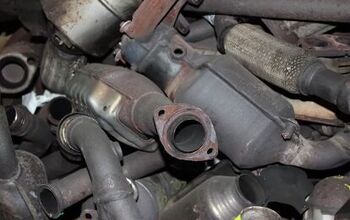
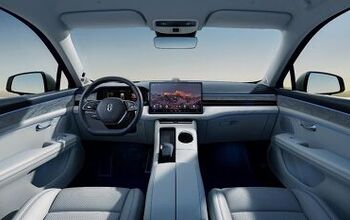
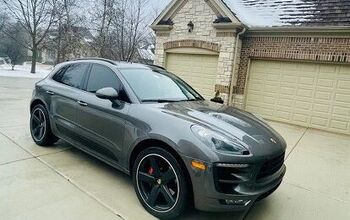

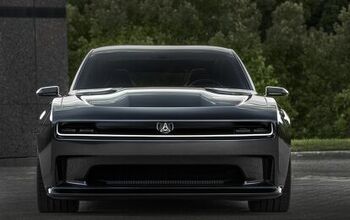
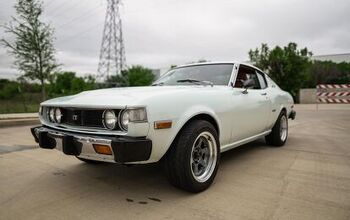
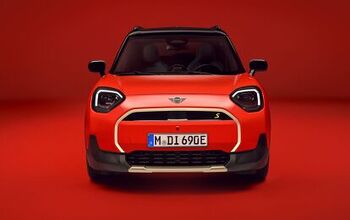
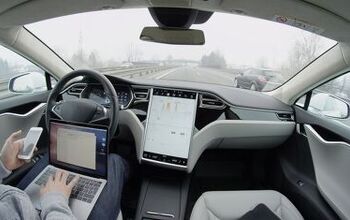
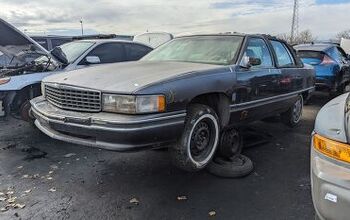

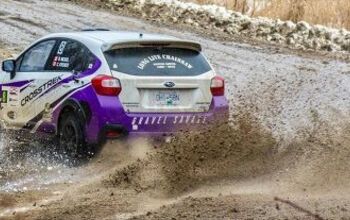
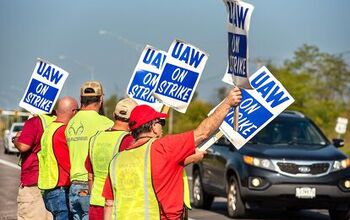
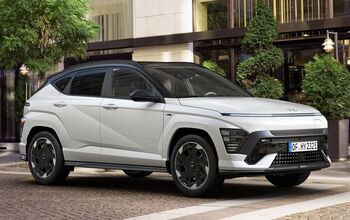

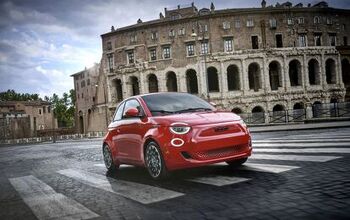
Comments
Join the conversation
I sometimes get drowsy on long drives so I carry a can of Red Bull for when that happens. It works.
The thing I like about doing long drives at night is there's less traffic- especially people holding up the left lane by driving slowly, with their brain disengaged (aka sleeping with their eyes open). The statistics say it's a more dangerous time to drive but you can indeed get there quicker.